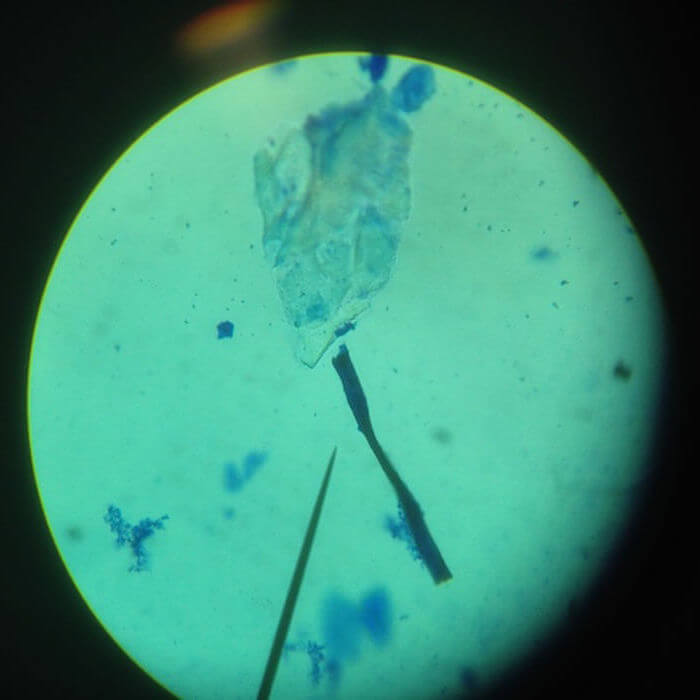Inorganic Biology Research
Chemistry research in designing components for inorganic cells. (2011 - 2014)

Honors
- Southern Connecticut Invitational Science & Engineering Fair: Third Place Physical Science Proposal (2013)
Press
- Ridgefield Press: "Science students on education TV" (2014)
- Ridgefield HamletHub: "Teacher TV Show features outstanding RHS Science Students" (2014)
- Ridgefield Press: "Science symposium: Dark matter and mind reading" (2014)
- Ridgefield Press: "Science research starts with exploration, fosters growth, independence" (2013)
- Ridgefield Press: "Science at the edge" (2013)
- Ridgefield Patch: "New Science Course At Ridgefield High School Compels Students To Excel" (2012)
As part of a high school professional science research program from 2011 to 2014, I delved into the novel field of inorganic biology under the mentorship of Dr. Geoffrey Cooper, a member of the world's leading inorganic biology team at the University of Glasgow.
In the emerging field of inorganic biology, which has the goal of creating an inorganic cell capable of lifelike function, scientists are working to develop an artificial microtubule to act as a structural and fluid-carrying component in a potential inorganic living architecture. Under the guidance of my mentor Dr. Geoffrey Cooper, I investigated the use of electrophoresis-induced growth patterns to direct the self-assembly of dissolved inorganic polyoxometalate (POM) clusters into robust, hollow tubular networks in real time. Spontaneous and rapid growth of these tubes occurs from crystals of the anionic POM metal immersed in an aqueous solution containing an organic cation.